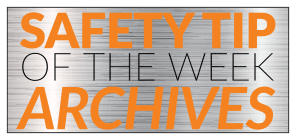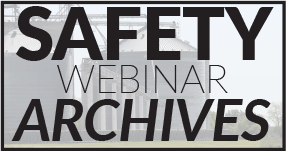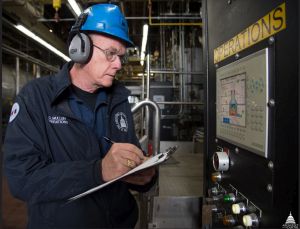| View HTML Version of Newsletter |
||||||||
 |
||||||||
 |
||||||||
Exposure to Noise |
Published Every Monday by Grain Journal Editor Kendall Trump Unsubscribe |
|||||||
|
Exposure to noise is measured in units of sound pressure levels called decibels, using an A-weighted sound levels (dBA). There are several ways to control and reduce worker exposure to noise in a workplace where exposure has been shown to be excessive. Examples of inexpensive, effective engineering controls:
Administrative controls are changes in the workplace or schedule that reduce or eliminate the worker exposure to noise. Examples:
The following references provide information on measuring noise exposure and recognizing and controlling workplace noise hazards.
Source: OSHA - Occupational Noise Exposure: Exposure & Controls
|
 |
|||||||
 |
||||||||
Current Issue of Grain Journal-small.jpg) |
||||||||
USEFUL INFO Product/Service Directory Equipment Catalog Digital Edition Archives 2018-19 Grain/Feed/Milling Convention Calendar |
||||||||
 |
||||||||
| Grain Journal is a bi-monthly magazine for the grain and feed industries published in Decatur, IL - 800-728-7511 | website: www.grainnet.com Click here to forward this newsletter to a friend. |
||||||||
